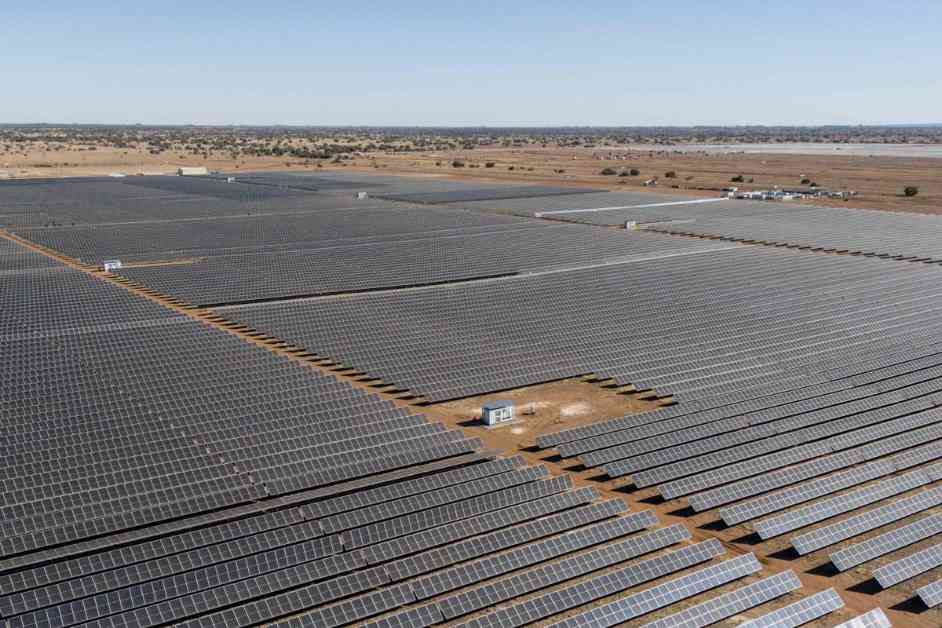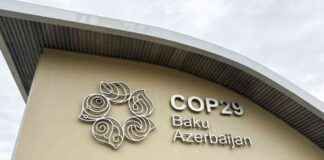North Africa Could Provide 24 GW of Green Electricity to Europe through underwater interconnections, which could replace 6% of fossil fuel electricity production, according to the Norwegian consultancy firm, Rystad.
The abundant solar and wind resources in North Africa offer a reliable solution to meet the growing demand in Europe for decarbonized electricity, the firm stated in a report released on Monday.
Rystad believes that solar panels in North Africa can yield three times more than in Europe, benefiting from ample space for such projects. Additionally, North Africa also has significant wind potential.
North African countries show more stable prospects for green energy production compared to Southern European countries and can help diversify energy sources and reduce the use of fossil fuels in the European electricity sector, said Nivedh Das Thaikoottathil, a senior analyst at Rystad.
More Interconnections
Currently, Morocco is the only African country connected to Europe through two high-voltage cables to Spain, each with a unit capacity of 700 MW.
However, other projects are in development, including the Xlinks project between the UK and Morocco, with a capacity of 3.6 GW. Other interconnections between Egypt and Greece, or Tunisia and Italy, will further strengthen renewable energy imports into Europe.
With these three initiatives, with a combined capacity of approximately 7.2 GW, North Africa could deploy 23 GW of renewable capacity, 13.5 GW of solar energy, and 9.5 GW of onshore wind, with an investment of USD 27.5 billion, according to the report.
Assuming all electricity produced by these renewable energy plants is sent to Europe, the three interconnections could provide around 55 TWh per year, which is 1.6% of Europe’s electricity production and could potentially replace about 6% of European fossil fuel electricity production, Rystad estimates.
This would align with the continent’s goal of reducing its dependence on Russian natural gas, the firm adds.
Supply Chain Obstacles
Currently, North Africa has an installed solar and wind capacity of over 8 GW and has 350 GW of renewable energy projects at various stages of development.
However, challenges such as constraints in the supply chains and financing difficulties could slow down the deployment of these projects, according to the firm.
“With limited local manufacturing capacity, the region heavily relies on imports to meet its growing demands for solar and wind energy,” it notes, adding that this dependency exposes North Africa to supply chain risks and price volatility.

















